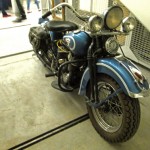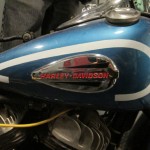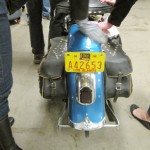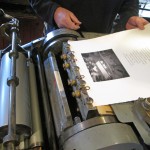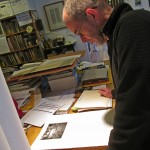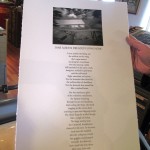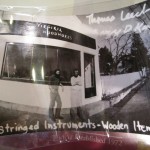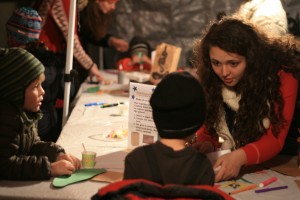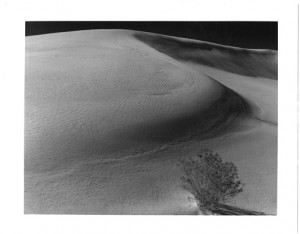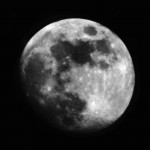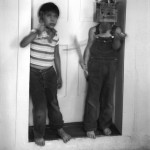…to get to the other museum.
Today, the New Mexico Museum of Art transferred ownership of its 1940 Harley-Davidson WLD Extra High Compression 45 Special Sport Solo to the New Mexico History Museum. Longtime visitors to MOA will remember the bike on display for years, a thing of beauty and exemplar of New Mexico’s open roads. But our sister museum needed space in its collections vault, and we saw a way to blend it with the “My New Mexico” theme in our main exhibition, Telling New Mexico: Stories from Then and Now.
Eventually, it will join a broken-in-two car that juts from two walls in a lower-level theater. Short documentaries that rotate in the theater include one on Route 66, a road seemingly made for an open-throated, two-wheeled beast of a bike.
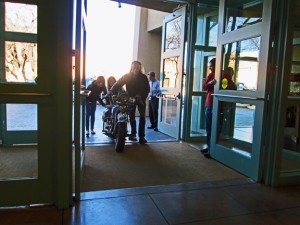 First, though, we had to get the Harley from their vault to our vault. That posed a number of problems. The engine hasn’t been started in years, so you can’t just fire it up and drive it over. The MOA folks could have loaded it onto a truck, but its bed didn’t reach our loading dock, where its delivery would have been nice, neat and behind-the-scenes. Instead, we went old-school: Their collections staff wheeled it across the street, in through our front doors, down two hallways, into a freight elevator, down another hallway and, finally, into our collections vault.
First, though, we had to get the Harley from their vault to our vault. That posed a number of problems. The engine hasn’t been started in years, so you can’t just fire it up and drive it over. The MOA folks could have loaded it onto a truck, but its bed didn’t reach our loading dock, where its delivery would have been nice, neat and behind-the-scenes. Instead, we went old-school: Their collections staff wheeled it across the street, in through our front doors, down two hallways, into a freight elevator, down another hallway and, finally, into our collections vault.
The original owner of the Harley is believed to be Chris Elliott Davis of Winston Salem, NC, who sold it in 1980 to Francis Harlow. “Frank” is a Los Alamos physicist, an artist, and a noted Native pottery collector and researcher. He specialized in studying the evolution of historical Pueblo pottery and wrote or co-wrote five books about it, including The Pottery of Zia Pueblo (2003), Historic Pottery of the Pueblo Indians, 1600-1880 (1990); and The Pottery of Santa Ana Pueblo (2005).
He moved to Los Alamos to work at the lab in the 1950s, when it was still a closed city. Maybe that explains part of the appeal of the bike. According to the booklet, Harlow, written by Jeanne Hassenzahl in 1975, Harlow wanted “a big, powerful, throaty sounding machine that really rumbled and sounded great.” In 2001, he donated it to the Museum of Art. It first delighted visitors in the 2001-02 exhibition Tourist Icons, Native American Kitsch, Camp and Fine Art at yet another one of our sister museums, the Museum of Indian Arts & Culture. It went on exhibit at MOA in 2006.
For those who salivate for such details, here goes: The bike has a 3-speed transmission and a 45 cubic-inch flathead engine with aluminum heads. Its color is “clipper blue” with white striping. Customized elements include black leather saddle bags, black saddle and light bar. Enjoy the views:


